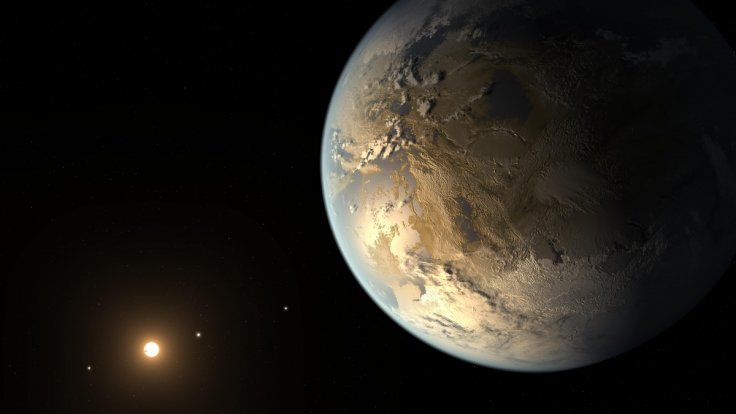
A mission concept presented by a NASA scientist has revealed that the US space agency could send a spacecraft to the nearby Alpha Centauri system by 2069 to look for signs of life beyond our solar system.
On Tuesday, Louisiana, the New Scientist reported that details of the mission concept was presented by Anthony Freeman of NASA's Jet Propulsion Laboratory at the 2017 American Geophysical Union conference in New Orleans.
Although most of the technology NASA needs for such a mission does not exist yet, it could involve travelling at one-tenth the speed of light.
The report said that the impetus came from a 2016 US funding bill that asked NASA to study interstellar travel that could reach at least 10 per cent of the speed of light by 2069.
The Alpha Centauri star system is located in the constellation of Centaurus at a distance of 4.3 light-years from Earth and is believed to be the closest star system to the Earth. It has three stars, namely Centauri A, Centauri B, and Proxima Centauri.
In 2016, the European Southern Observatory (ESO) discovered an Earth-sized planet that orbits in the habitable zone around Proxima Centauri. According to a new research, which was published in the Astronomical Journal, there may be some small, Earth-like planets around Alpha Centauri A and B as well.
The Newsweek reported that Voyager 1, which was launched 40 years ago and is currently traveling at about 38,000 miles per hour, less than one per cent of one per cent of the speed of light. Reportedly, it is the only human-made spacecraft that has left our solar system.
(With inputs from IANS)









